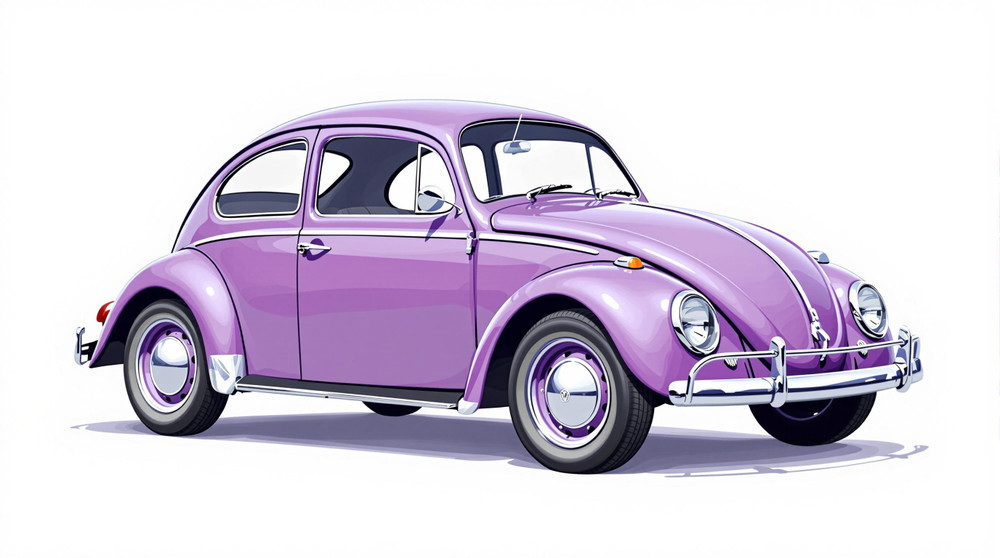Image of 1958 Volkswagen Beetle, Note: These illustrations use artistic license and may differ from actual historical models.
Performance Metrics
Fundamental Metrics
Emotional Appeal
MMP Rating
| Engine Specifications | |
|---|---|
| Engine: | Air-cooled, rear-mounted, flat four-cylinder |
| Displacement: | 1192 cc |
| Horsepower: | 36 hp at 3700 rpm |
| Torque: | 68 lb-ft at 2000 rpm |
| Compression Ratio: | 6.6:1 |
| Ignition System: | Battery ignition system |
| Cooling System: | Air-cooled |
| Performance Specifications | |
| 0-60 Time: | 22.5 seconds |
| 1/4 Mile Time: | Not available |
| Top Speed: | 72 mph |
| Transmission and Drive | |
| Drive Type: | Rear-wheel drive |
| Transmission Type: | 4-speed manual |
| Fuel and Efficiency | |
| Fuel System Type: | Carburetor |
| MPG: | 28-32 mpg |
| Dimensions and Brakes | |
| Brakes: | Drum brakes |
| Wheelbase: | 94.5 inches |
| Weight: | 1,675 lbs |
Note: Specifications for classic cars are given to the best of our ability, considering the limited and variant data available.
The Timeless Appeal of the 1958 Volkswagen Beetle
When the 1958 Volkswagen Beetle rolled off the production line, it was more than just a car; it was a cultural icon in the making. Born in Wolfsburg, Germany, this charming vehicle was the brainchild of Ferdinand Porsche, under the directive of Adolf Hitler to create a "people's car" or "Volkswagen." The post-war era saw the Beetle become a symbol of economic recovery and practicality. A notable moment in its storied history is when it surpassed the longstanding production record of the Ford Model T, becoming the most-manufactured car of a single platform ever.
Design and Innovation
The 1958 Beetle's exterior styling was both distinctive and functional, with its rounded fenders, prominent running boards, and split rear window that had been replaced by a single oval window in earlier models. Inside, occupants were greeted with a minimalist yet cozy interior, where high-quality vinyl and durable fabrics covered simple yet comfortable seats. Technological features were modest but reliable, including a 4-speed manual transmission and an AM radio. The Beetle came in various colors, with glossy pastels being particularly popular among consumers. While available as a convertible, the standard two-door sedan body style remains the most iconic.
Historical Significance
The 1958 Volkswagen Beetle set itself apart with its air-cooled rear engine—a rarity among cars of its time. Its simple yet robust design made it accessible and endearing to a global audience. The Beetle's influence on automotive design is undeniable, with its rear-engine layout inspiring other manufacturers and its unique shape becoming instantly recognizable worldwide.
Performance and Handling
Performance-wise, the '58 Beetle was modest by today's standards but peppy for its era. With a top speed around 68 mph and an unhurried acceleration from 0-60 mph in over 20 seconds, it wasn't built for speed but for reliability. Handling was nimble due to its lightweight construction and independent suspension system. Drivers often recall the distinctive air-cooled engine thrum and the tactile feedback through the thin steering wheel as part of the authentic Beetle driving experience.
Ownership Experience
The Volkswagen Beetle was designed for versatility, serving as an economical daily driver, an occasional show car, or even a base for racing modifications in various amateur leagues. Maintenance was straightforward thanks to its uncomplicated design, making it a favorite among DIY mechanics. Reliability was one of its strong suits; however, like any vintage car, it requires care and attention to keep it running smoothly.
Fun Facts
The '58 Beetle has been owned by celebrities and featured in countless films—most notably as Disney's lovable "Herbie." It held records for sales and endurance thanks to its robust build quality. While some critics pointed out its lack of power and modern features compared to American muscle cars of the same era, none could deny its charm and efficiency.
Collector's Information
Today's collectors cherish the 1958 Volkswagen Beetle for its historical significance and nostalgic value. Although exact production numbers are challenging to pinpoint due to VW's global manufacturing footprint at that time, estimates suggest that hundreds of thousands were produced. Values range significantly based on condition but can fetch anywhere from $15,000 to over $30,000 for well-preserved examples or rare editions. The market trend shows appreciation for this classic as enthusiasts seek out original models in good condition.
Conclusion
The 1958 Volkswagen Beetle is not just a car; it's a piece of automotive history that continues to captivate enthusiasts around the world. Its simple charm, innovative design features for its time, and cultural impact make it an enduring classic that will continue to be celebrated by collectors for generations to come.
1958 Volkswagen Beetle Catalog of Parts
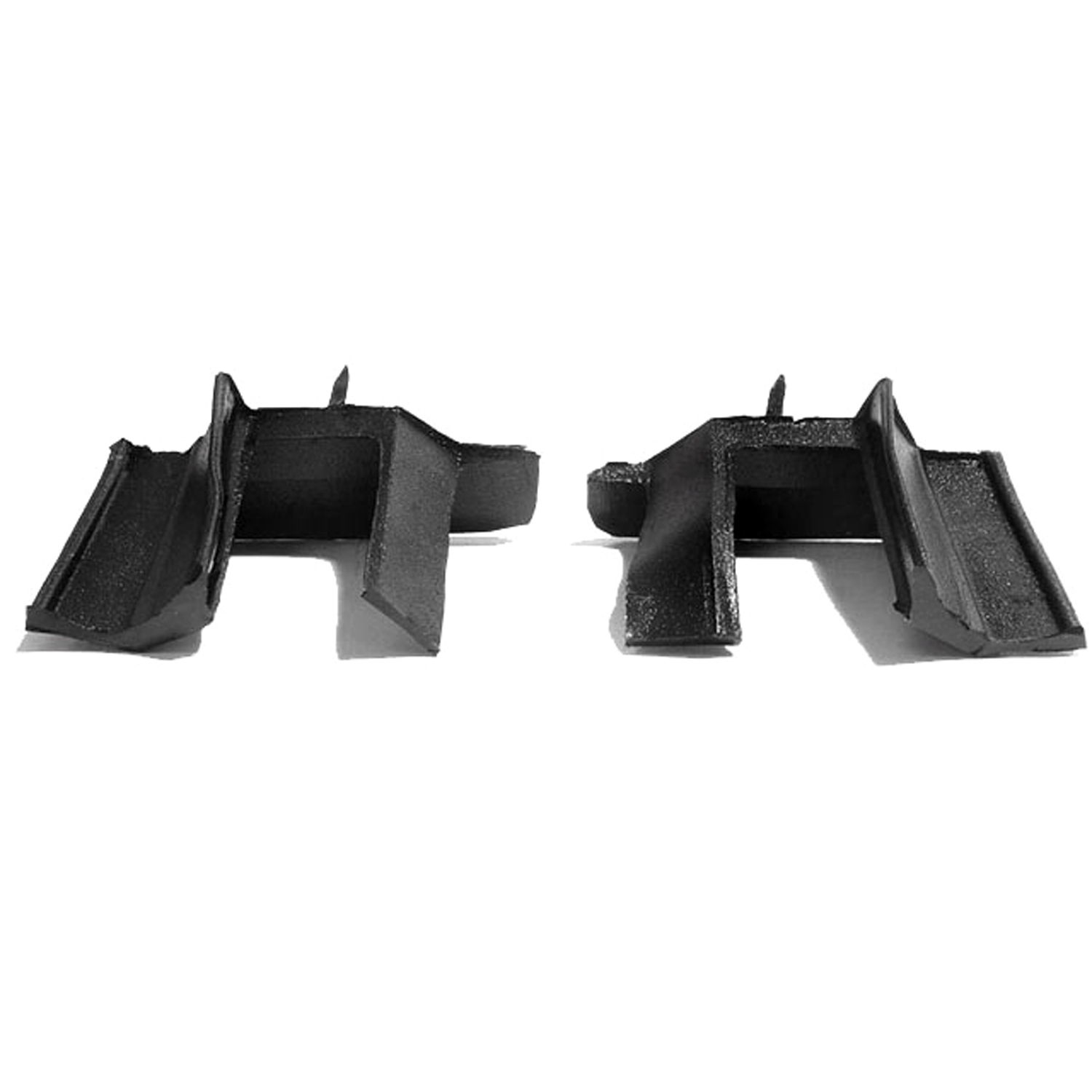 1958 Volkswagen Beetle Front Quarter Wedge Weatherseal for Convertibles-ALP 10Front Quarter Wedge Weatherseal for Convertibles. Used at back of roll-up quarter window. Pair R&L
1958 Volkswagen Beetle Front Quarter Wedge Weatherseal for Convertibles-ALP 10Front Quarter Wedge Weatherseal for Convertibles. Used at back of roll-up quarter window. Pair R&L 1958 Volkswagen Beetle Rear Door Wedge Weatherseal for convertibles-ALP 10-ARear Door Wedge Weatherseal for convertibles. Used behind back of roll-up quarter window. Pair R&L
1958 Volkswagen Beetle Rear Door Wedge Weatherseal for convertibles-ALP 10-ARear Door Wedge Weatherseal for convertibles. Used behind back of roll-up quarter window. Pair R&L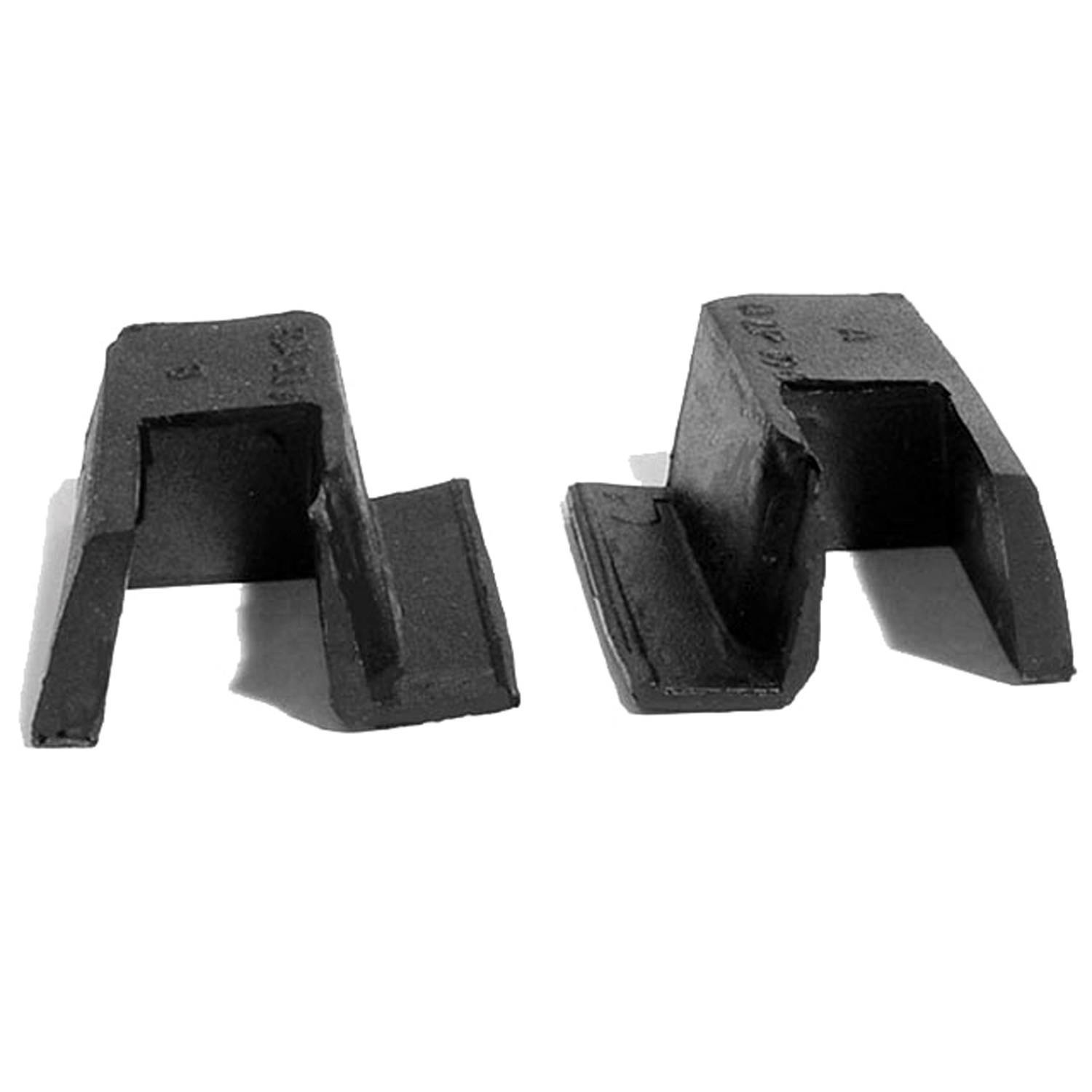 1958 Volkswagen Beetle Rear Quarter Wedge Weatherseal for Convertibles-ALP 10-BRear Quarter Wedge Weatherseal for Convertibles. Used at front of roll-up quarter window. Pair R&L
1958 Volkswagen Beetle Rear Quarter Wedge Weatherseal for Convertibles-ALP 10-BRear Quarter Wedge Weatherseal for Convertibles. Used at front of roll-up quarter window. Pair R&L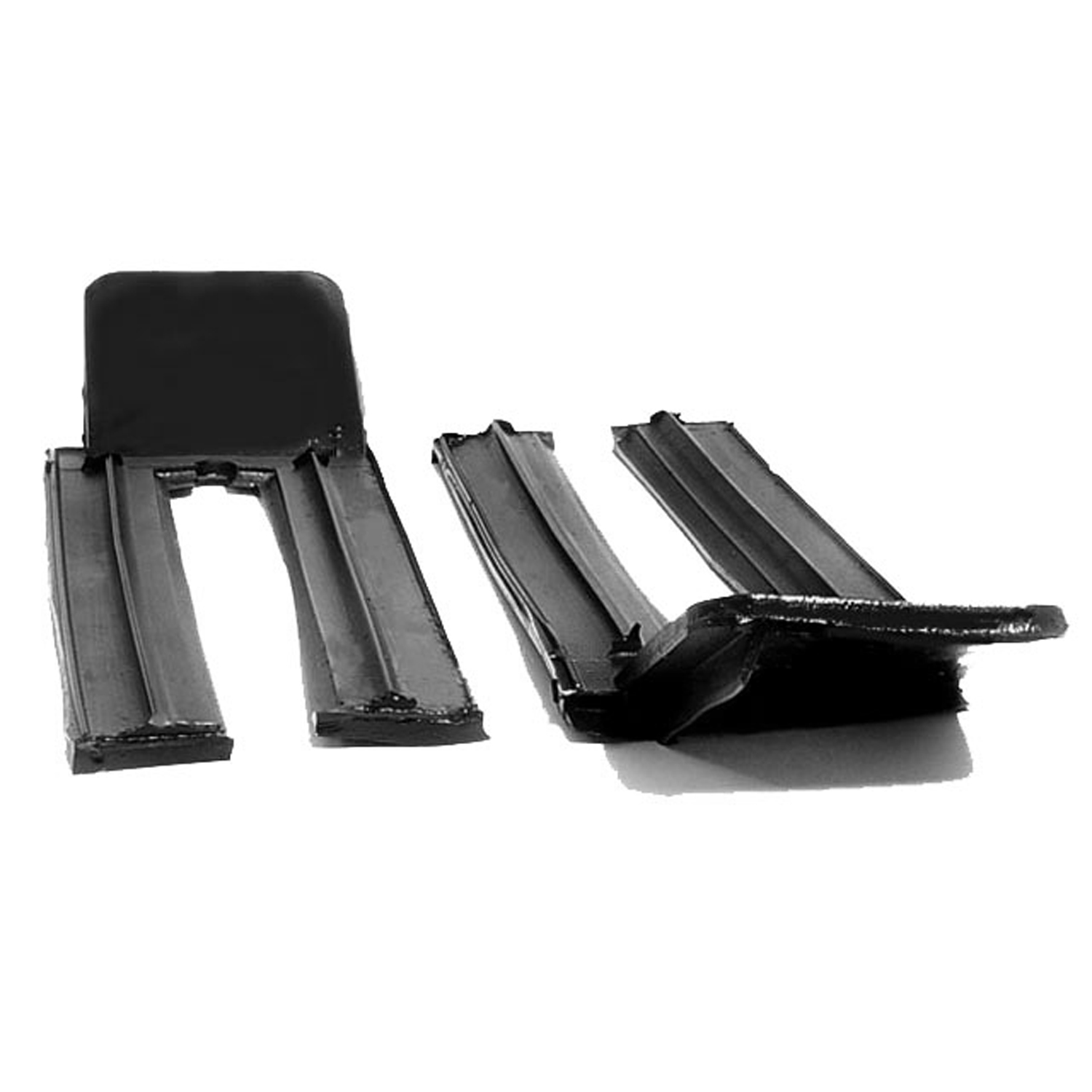 1958 Volkswagen Beetle Front Door Wedge Weatherseal for Convertibles-ALP 10-CFront Door Wedge Weatherseal for Convertibles. Used at front of vent window assembly to door. Pair R&L
1958 Volkswagen Beetle Front Door Wedge Weatherseal for Convertibles-ALP 10-CFront Door Wedge Weatherseal for Convertibles. Used at front of vent window assembly to door. Pair R&L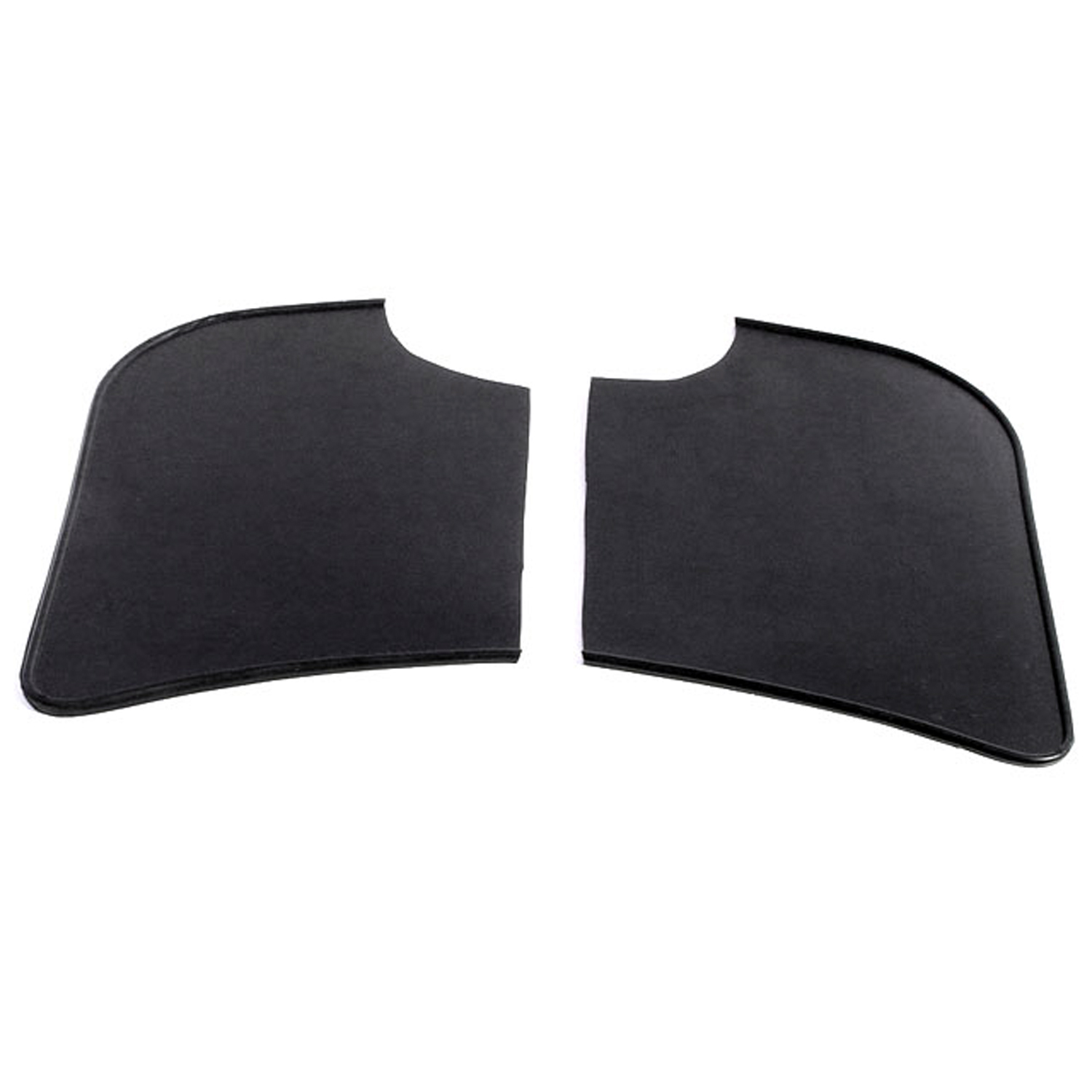 1958 Volkswagen Beetle Gravel Shields. Molded flat without metal backing plates-FS 40Gravel Shields. Molded flat without metal backing plates. Apply with contact cement. 7-5/8" long X 5-5/8" wide at top. Pair
1958 Volkswagen Beetle Gravel Shields. Molded flat without metal backing plates-FS 40Gravel Shields. Molded flat without metal backing plates. Apply with contact cement. 7-5/8" long X 5-5/8" wide at top. Pair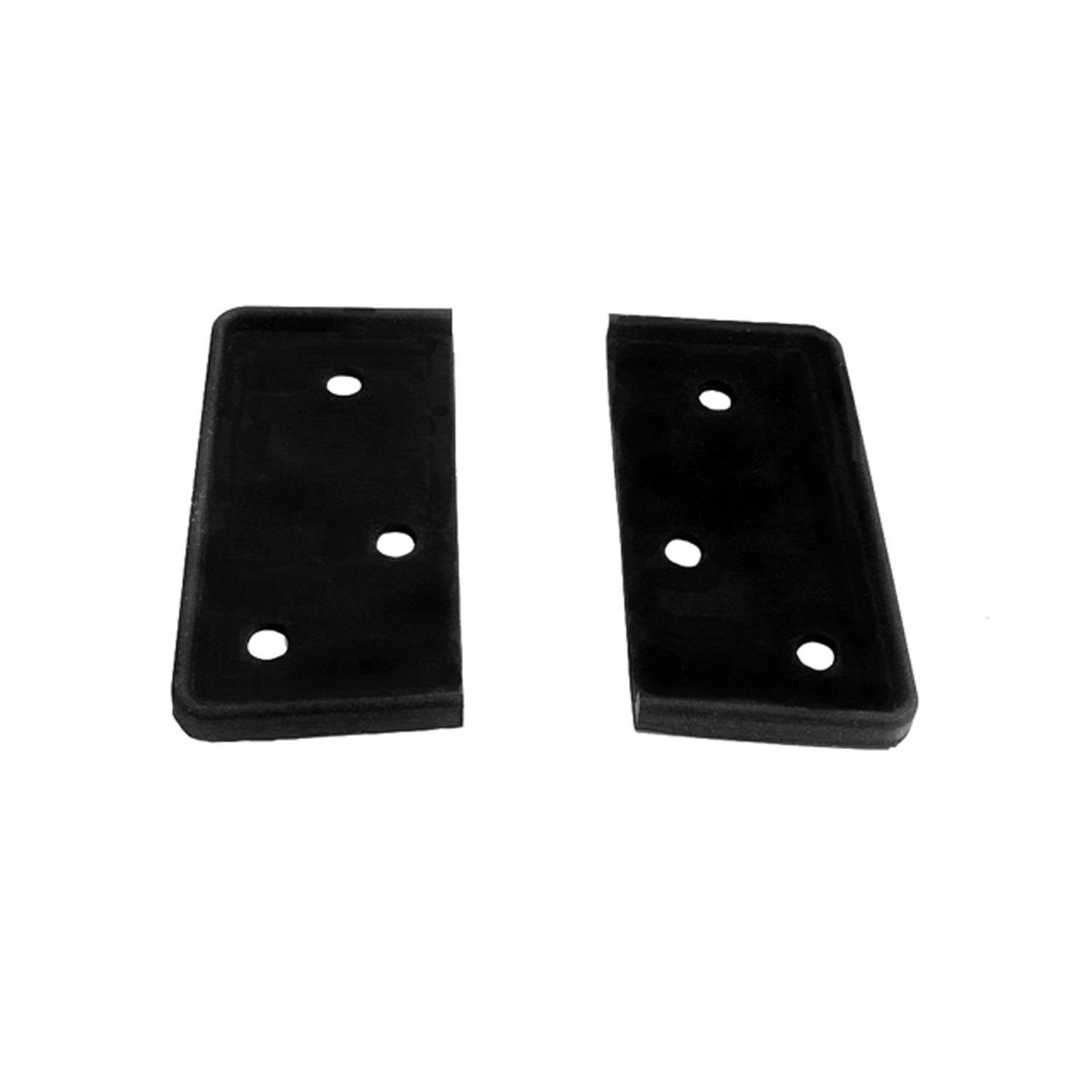 1958 Volkswagen Beetle Outside Quarter Window Seal (facing base)-MP 1501Outside Quarter Window Seal (facing base). 2-1/2" wide X 1-1/4" long. Pair R&L
1958 Volkswagen Beetle Outside Quarter Window Seal (facing base)-MP 1501Outside Quarter Window Seal (facing base). 2-1/2" wide X 1-1/4" long. Pair R&L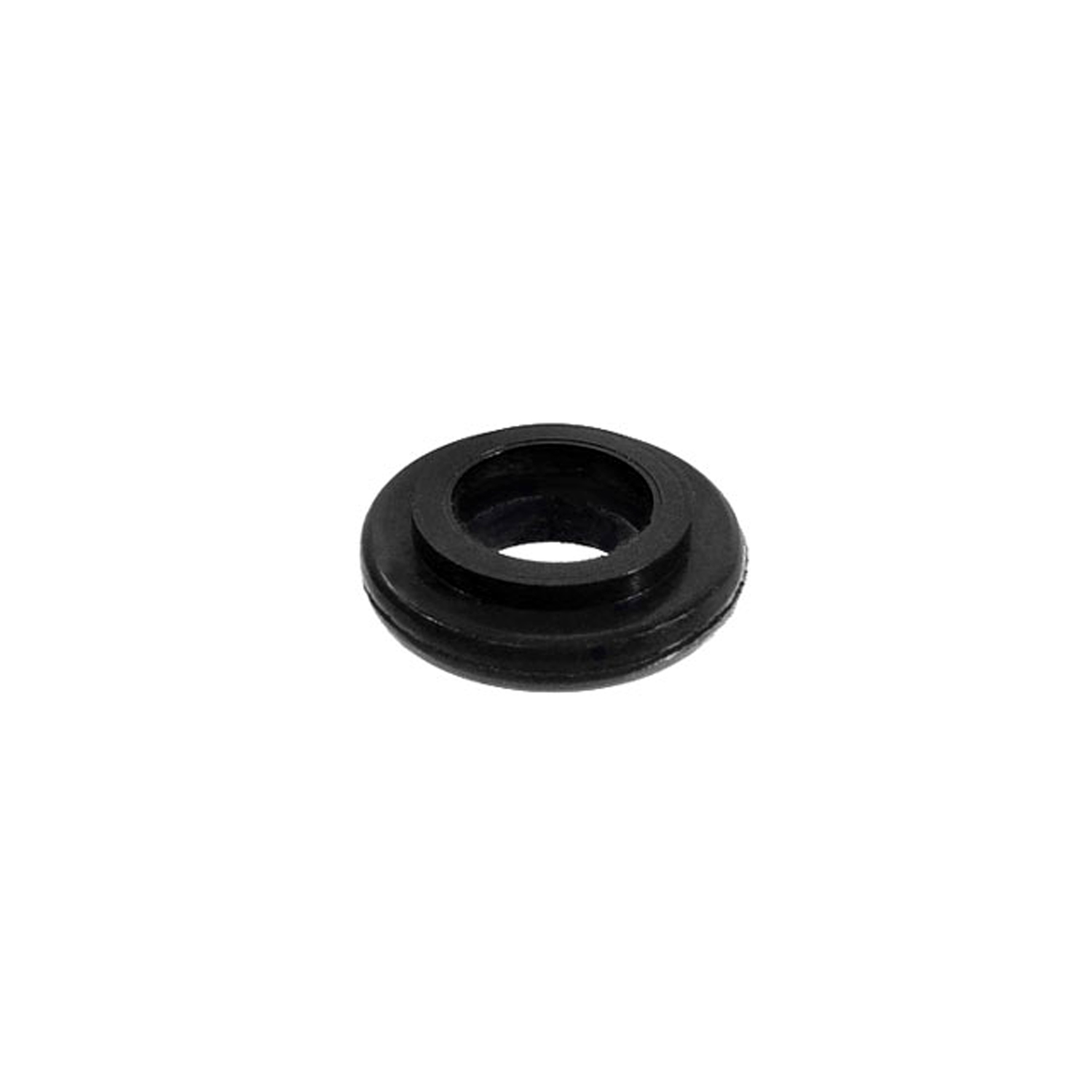 1958 Volkswagen Beetle Oil Cooler Seal. 7/16" I.D., 7/8" O.D. Each-RP 8-BOil Cooler Seal. 7/16" I.D., 7/8" O.D. Each
1958 Volkswagen Beetle Oil Cooler Seal. 7/16" I.D., 7/8" O.D. Each-RP 8-BOil Cooler Seal. 7/16" I.D., 7/8" O.D. Each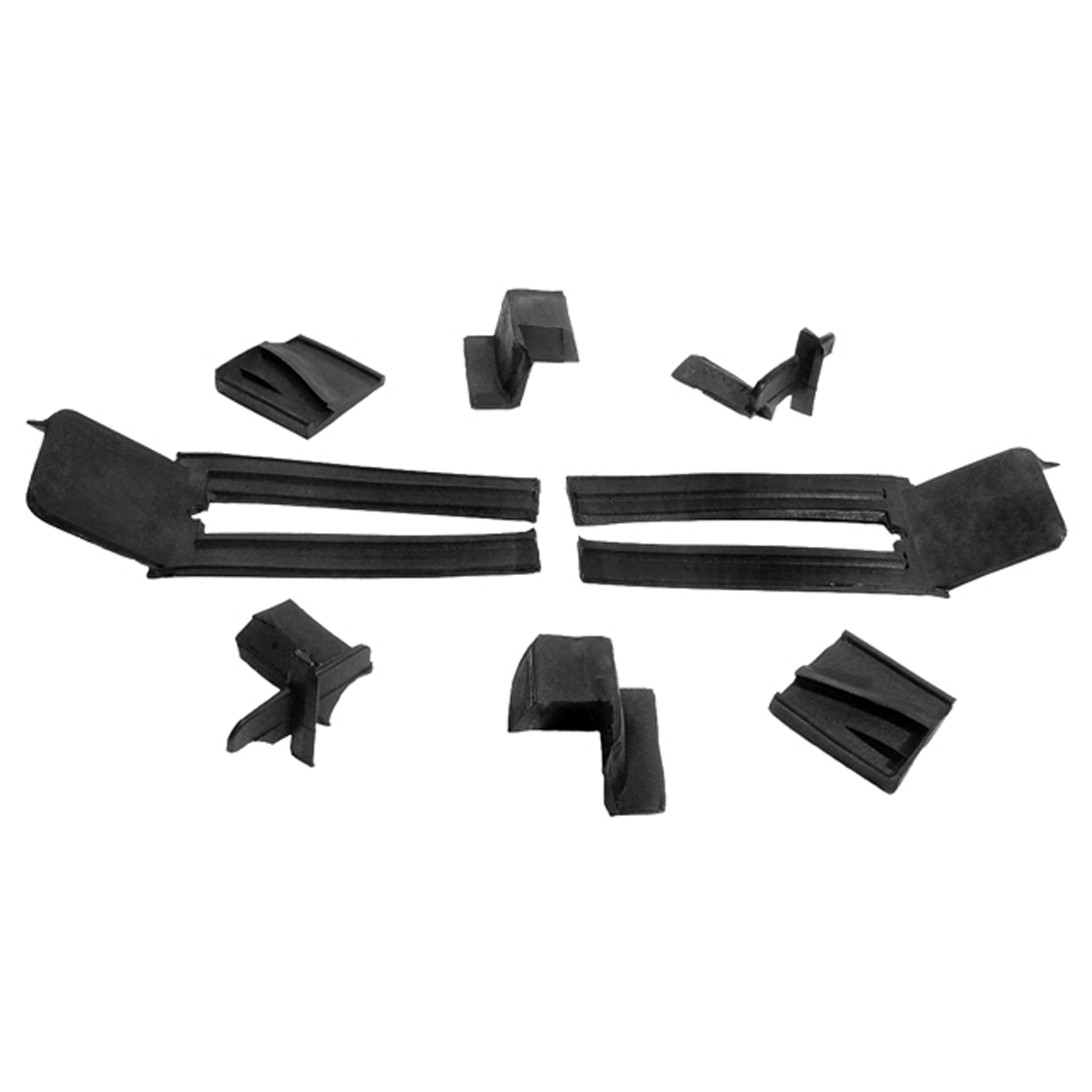 1958 Volkswagen Beetle Auxillary Window Seal Kit for Convertibles (ALP 10, ALP 10-A-WK 400Auxillary Window Seal Kit for Convertibles (ALP 10, ALP 10-A, ALP 10-B, ALP 10-C) 8-Piece Kit
1958 Volkswagen Beetle Auxillary Window Seal Kit for Convertibles (ALP 10, ALP 10-A-WK 400Auxillary Window Seal Kit for Convertibles (ALP 10, ALP 10-A, ALP 10-B, ALP 10-C) 8-Piece Kit 1958 Volkswagen Beetle Front Vent Window Seals, for Convertibles-WR 9800Front Vent Window Seals, for Convertibles. Molded in proper shape. Pair
1958 Volkswagen Beetle Front Vent Window Seals, for Convertibles-WR 9800Front Vent Window Seals, for Convertibles. Molded in proper shape. PairWhy Choose Metro?
For over 100 years, Metro Moulded Parts has been the pinnacle of quality in classic car restoration parts. Our commitment to precision and authenticity in every component ensures a perfect fit and an OEM-level appearance.
- Expert Craftsmanship & Quality: Each part is a testament to our dedication to reliability and perfection, crafted from original designs and thoroughly tested.
- Advanced Technology: We use cutting-edge techniques to create flawless, long-lasting parts that surpass others in performance.
- SuperSoft Sponge – The Ultimate Door Seal: Not only are our door seals 30% softer than competitors', but they're also guaranteed to never leak. They effectively reduce wind and road noise, enhancing your classic car's comfort and driving experience.
- Proudly American: Our parts are a product of American craftsmanship, made in the USA with a spirit of excellence and heritage.
- Unrivaled Warranty: We back our products with a 30-year industry-leading warranty, a testament to our confidence in their quality.
Join us in preserving the legacy of classic cars with parts that are crafted for perfection, not just made.

